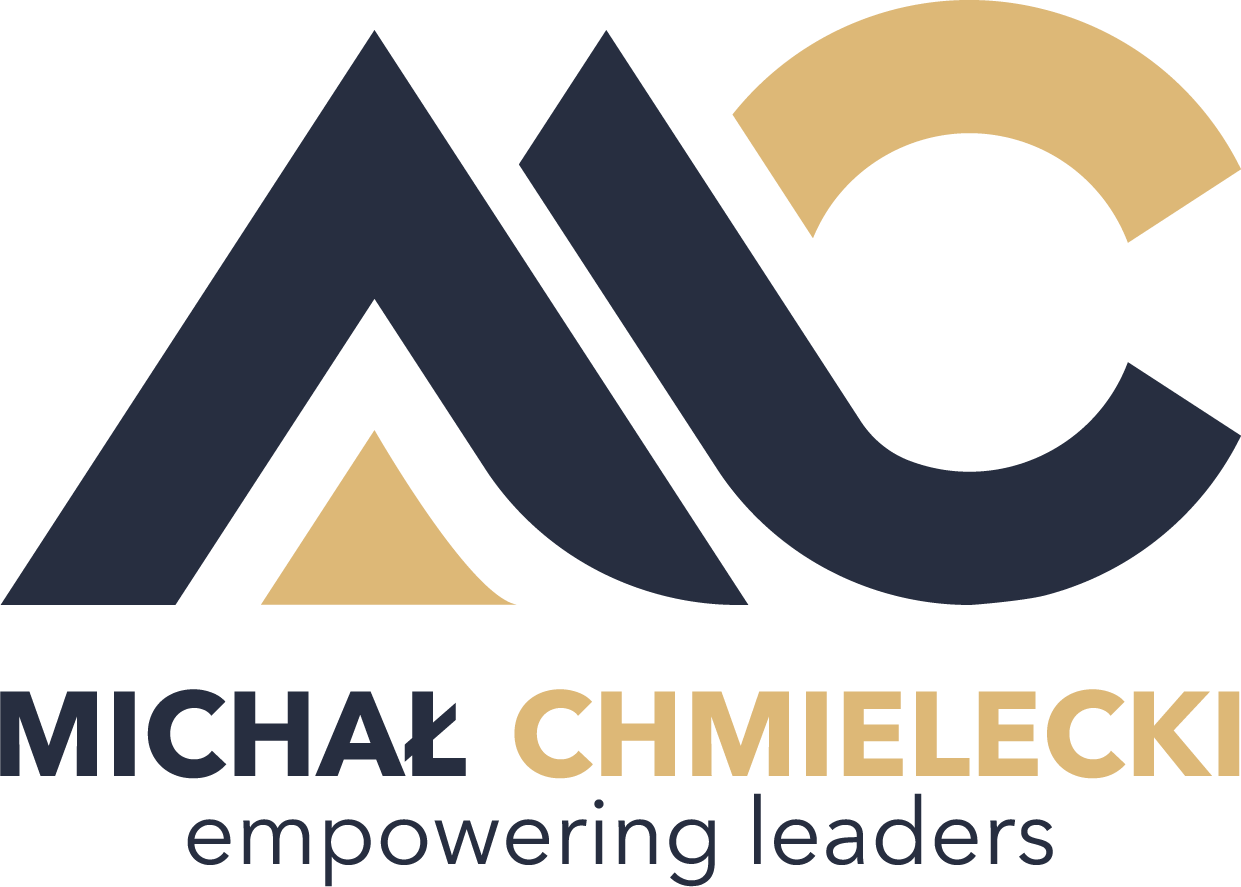Leadership in Learning Organizations – Guiding People Through Continuous Growth
In a world defined by rapid technological change, uncertainty, and constant innovation, one thing remains clear — leadership is the cornerstone of every learning organization. While traditional leadership focused on control and stability, modern leaders act as mentors, catalysts, and learners themselves.
A learning organization is not just one that provides workshops or training; it’s one that empowers people to learn continuously, experiment, and evolve together.
And at the center of this transformation stands the leader.
What Is a Learning Organization?
A learning organization is a workplace that systematically encourages knowledge sharing, reflection, and experimentation.
It’s an ecosystem where mistakes are treated as opportunities, curiosity is valued, and development is integrated into daily work.
Such organizations thrive because they can adapt faster than change itself.
They see learning not as a project, but as a way of thinking — embedded in every process, team, and leader.
The Evolving Role of Leaders in Learning Organizations
Traditional leaders managed people and processes.
Leaders in learning organizations do something far more dynamic — they create the conditions for learning to flourish.
1. From Authority to Facilitation
Modern leaders no longer need to have all the answers.
Instead, they ask better questions, facilitate collaboration, and help others find solutions.
They lead through influence, curiosity, and example, not hierarchy.
2. From Control to Empowerment
A learning leader trusts their team to explore, test, and innovate.
They provide clarity on goals but freedom in methods, fostering creativity and ownership.
Workshops that build such leadership skills — like strategic communication and negotiation programs — teach managers how to balance autonomy with accountability.
3. From Evaluation to Reflection
Rather than judging outcomes alone, learning leaders encourage reflection and learning loops.
They ask, “What did we learn?” instead of “What went wrong?” — turning every experience into progress.
Core Leadership Behaviors in Learning Organizations
1. Modeling Continuous Learning
Leaders must be learners first.
By showing curiosity, attending workshops, seeking feedback, and developing new skills, they signal that growth is everyone’s responsibility.
2. Building Psychological Safety
No learning happens without trust.
Leaders in learning organizations create safe spaces for people to share ideas, take risks, and admit mistakes without fear of blame.
3. Encouraging Knowledge Sharing
True learning organizations break silos.
Leaders promote peer learning, mentoring, and cross-functional collaboration to accelerate both team and organizational development.
4. Coaching and Feedback
Feedback is fuel for growth.
Learning leaders master the art of coaching conversations — guiding team members to discover insights, not prescribing solutions.
5. Aligning Learning with Purpose
Leaders connect individual development with organizational strategy.
They ensure every learning initiative serves a greater goal — improving performance, innovation, or customer value.
Leadership Development as a Continuous Journey
Becoming a leader in a learning organization is not about a single course or certificate.
It’s a continuous process of reflection, feedback, and adaptation.
Organizations can support this journey through:
Leadership academies and coaching programs
Peer learning circles
Digital learning platforms
Real-world projects that integrate learning with execution
Blended development paths — combining online tools, experiential learning, and follow-up coaching — help leaders practice new skills in real contexts and reinforce long-term change.
Challenges Leaders Face in Learning Organizations
Even committed leaders encounter obstacles such as:
Balancing short-term results with long-term learning goals
Managing diverse learning needs within one team
Creating time and space for learning amid operational pressures
Overcoming these challenges requires courage, patience, and systemic support from the organization’s culture and HR strategy.
The Strategic Impact of Learning-Focused Leadership
Leaders who cultivate learning don’t just improve team engagement — they transform business outcomes.
Research consistently shows that organizations with strong learning cultures outperform others in innovation, retention, and adaptability.
Learning-oriented leadership directly contributes to:
Higher employee motivation and satisfaction
Stronger collaboration and communication
Faster response to market changes
Sustainable business growth
Conclusion
Leadership in learning organizations is about creating the conditions for others to grow.
It’s a shift from directing people to developing people — from managing performance to enabling potential.
When leaders embrace learning as a daily habit, they turn their teams into communities of growth, curiosity, and innovation.
And when organizations support such leaders, they gain a lasting competitive advantage rooted not in products or processes, but in people who never stop learning.
Key Takeaway
“Great leaders don’t just build teams — they build learners. And learners build the future.”
